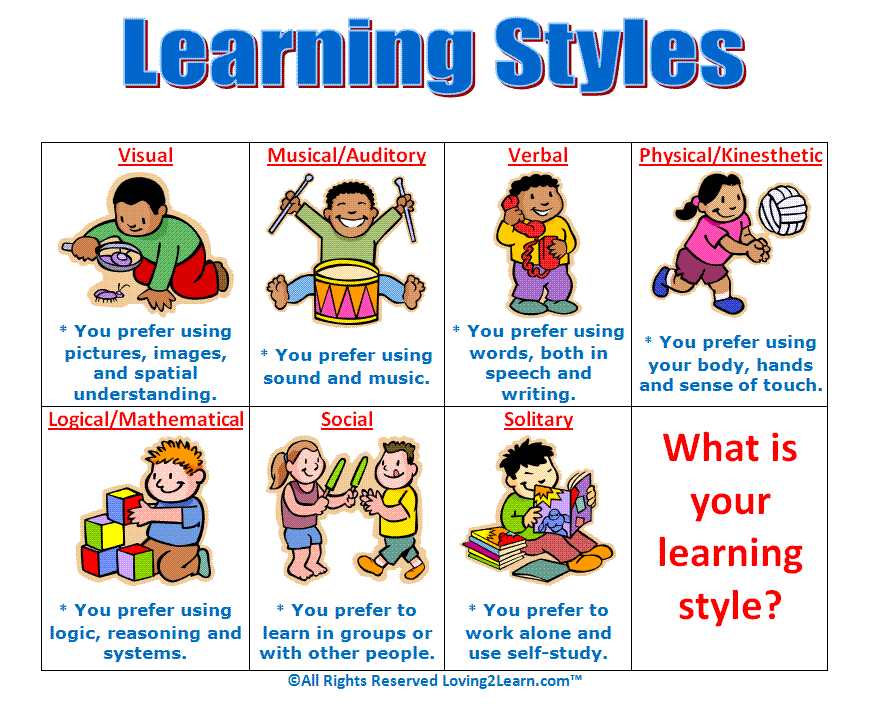As children grow and develop, it is important to recognize that they each have unique ways of learning and processing information. By understanding the different learning styles that exist in early childhood, parents and educators can better support children in their educational journey.
Visual Learners
Visual learners prefer to learn through pictures, diagrams, and other visual aids. They have a strong ability to remember visual information and often benefit from seeing concepts represented visually. To support visual learners, parents and educators can use colorful illustrations, charts, and videos to help them grasp new concepts.
Auditory Learners
Auditory learners learn best through listening and verbal communication. They may enjoy listening to stories, music, or lectures, and often benefit from discussions and verbal explanations. To support auditory learners, parents and educators can read to them regularly, engage in conversations, and provide opportunities for them to listen to audio recordings.
Kinesthetic Learners
Kinesthetic learners learn best through hands-on activities and physical movement. They often benefit from activities that allow them to touch, manipulate, and experience concepts in a physical way. To support kinesthetic learners, parents and educators can provide opportunities for them to engage in sensory play, experiment with manipulatives, and participate in physical activities.
Combination Learners
Many children exhibit a combination of different learning styles. These combination learners may benefit from a mix of visual, auditory, and kinesthetic activities to effectively grasp new concepts. By recognizing and accommodating the unique learning styles of each child, parents and educators can create a more inclusive and engaging learning environment.
Adapting Teaching Strategies
By understanding the different learning styles that exist in early childhood, parents and educators can adapt their teaching strategies to better meet the needs of each child. This may involve incorporating a variety of teaching methods, providing multiple ways for children to demonstrate their understanding, and offering support and guidance based on individual learning preferences.
Creating a Supportive Environment
In order to support children with different learning styles, it is important to create a supportive and inclusive learning environment. This may involve providing a range of resources and materials, offering opportunities for children to explore and discover concepts in their own way, and encouraging a positive and encouraging attitude towards learning.
Conclusion
Understanding the different learning styles that exist in early childhood is essential for parents and educators to effectively support children in their educational journey. By recognizing the unique ways in which children learn and adapting teaching strategies to meet their individual needs, we can create a more inclusive and engaging learning environment that promotes success and growth for all children.
As we continue to learn more about the diversity of learning styles in early childhood, it is important to embrace and celebrate the unique strengths and abilities that each child brings to the table. By working together to support and nurture children’s individual learning styles, we can help them reach their full potential and thrive in their educational pursuits.
